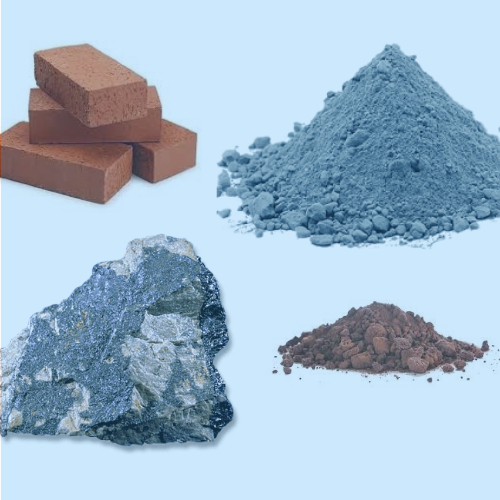
Understanding the radionuclide distribution, mobility and bioavailability, as well as the changes caused by the variation of environmental conditions, is essential for soil rehabilitation.
Accidental releases, nuclear weapons testing, and inadequate practices of radioactive waste disposal are the principal human activities responsible for radioactive contamination as a new and global form of soil degradation.
The key sources of soil contamination by radioactive pollutants
Contamination of the soil with the radioactive pollutants is an important origin of hazard for the environmental and health safety, as well as for the economy. Exploitation of the nuclear energy is a key source of pollution. Radiation can enter and affect the environment at any of the stages of the nuclear fuel cycle, starting with the excavation and processing of uranium ore, over production and recycling of the nuclear fuels, to the processing and disposal of radioactive wastes.
In terrestrial ecosystems, soil corresponds to the major receiving pool of emitted radionuclides. Given that the nutrient cycles and the flow of energy present links between the abiotic and biotic components of the ecosystem, soils contaminated with radionuclides
lose their ability to produce good quality agricultural crops and thus can be classified as degraded. The issues related to the degradation of radioactively contaminated soils are being considered as an exceptional type of chemical contamination, with the additional, specific features related to the ionizing radiation.
The transport and fate of radionuclides in the soil are governed by several factors and the effects of their interactions; therefore, the detection and comprehension of the retention mechanisms are of great importance for the selection, development, and application of appropriate remediation technologies.
soil contamination may also arise from less common sources such as incidents during use of radioisotopes in medicine, industry, and agriculture
Fly ash contains trace concentrations of heavy metals and other substances that are known to be detrimental to health in sufficient quantities. Potentially toxic trace elements in coal
include arsenic , beryllium , cadmium , barium , chromium , copper , lead , mercury , molybdenum , nickel , radium , selenium , thorium , uranium , vanadium , and zinc . The concentration of most trace elements in coal ash is approximately 10 times the concentration in the original coal. A 1997 analysis by the United States Geological Survey (USGS) found that fly ash typically contained 10 to 30 ppm of uranium, comparable to the levels found in some granitic rocks, phosphate rock, and black shale .
Studies of radioactive elements in coal ash have concluded that fly ash compares with common soils or rocks and should not be the source of alarm.
we offer Radiological testing service in Soil, Fly ash, Sand, Mineral ore samples for the following parameters :
- Cesium-137
- Potassium-40
- Iodine-131
- Cobalt-60
- Sodium-22
- Uranium
we issue a certificate of radioactivity analysis. Call our team today to accurately determine radiation levels in your products.

